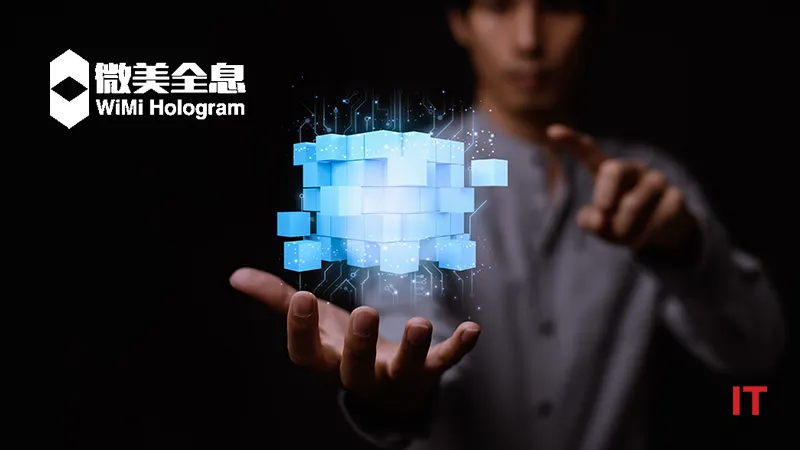WiMi Hologram Cloud Inc., a leading global Hologram Augmented Reality (“AR”) Technology provider, announced that they are exploring a resource management solution for blockchain-assisted edge computing networks. By leveraging deep reinforcement learning (DRL) algorithms, they aim to achieve effective matching between computational task allocation and the blockchain consensus process, thereby enhancing the overall system performance.
In traditional edge computing networks, task processing and resource allocation are often treated as two separate and independently optimized processes. However, this approach overlooks the inherent connection between resource allocation for computational tasks and the blockchain consensus process, leading to resource waste and inefficiency. The resource management solution being researched by WiMi in blockchain-assisted edge computing networks is a comprehensive approach that leverages deep reinforcement learning technology to view the allocation of computational task resources and the blockchain consensus process as a unified entity. This enables dynamic optimization and intelligent allocation of resources. In this architecture, deep reinforcement learning algorithms are used to jointly optimize task scheduling, transmission power control, and computational resource allocation, making resource allocation more intelligent and adaptive in order to minimize overall task processing latency and energy consumption.
Also Read: Nuvei Introduces Blockchain Payment Solution
The deep reinforcement learning algorithm optimizes its decision-making process by continuously learning from environmental feedback to achieve the optimal resource allocation strategy. Specifically, it can dynamically adjust the allocation of computational resources based on the current network state and task requirements. For example, when a task has high computational demands, the algorithm automatically increases the allocation of computational resources to reduce processing latency. Conversely, when the task has low computational demands, the algorithm reduces the allocation of computational resources to lower energy consumption. Importantly, the algorithm can dynamically adjust the allocation of computational resources based on the requirements of the blockchain consensus process. For instance, when the blockchain consensus process requires more computational resources, the algorithm prioritizes the smooth operation of the consensus process to ensure system security and trustworthiness. Conversely, when the blockchain consensus process has lower demands for computational resources, the algorithm allocates more resources to task processing to improve system efficiency. By balancing the allocation of computational resources between the two processes, timely task processing and smooth operation of the blockchain consensus process are ensured.
The resource management solution developed by WiMi Research, which is based on blockchain-assisted edge computing networks, achieves effective matching between computational task allocation and the blockchain consensus process through deep reinforcement learning algorithms, thereby enhancing the overall performance of edge computing systems. This solution not only addresses the issues of resource waste and inefficiency in traditional edge computing networks but also provides a new approach for resource management in the future era of the Internet of Things.
Source: PRNewswire































